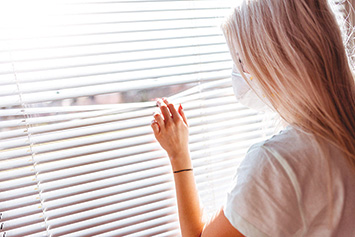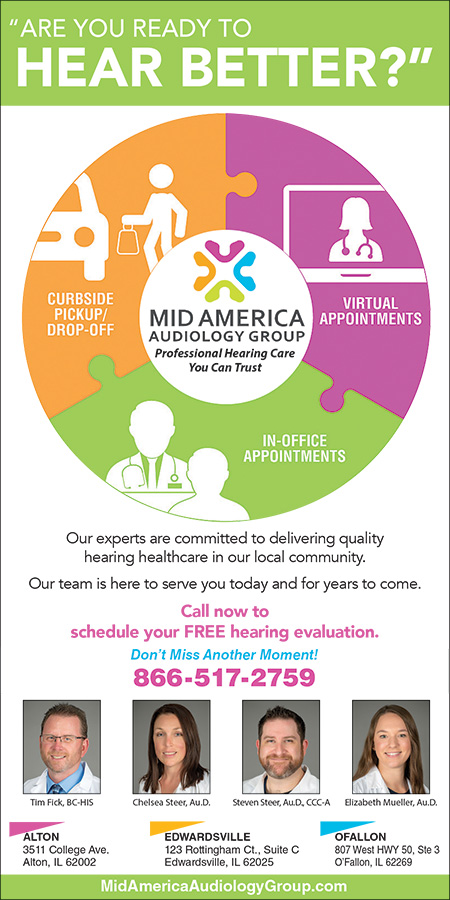 Our lives have already been turned upside down by physical distancing, mask-wearing, sheltering in place and skyrocketing case numbers at every turn. So, what do you do if you or someone else under your roof has been exposed to COVID-19 and how long do you need to isolate? Here are some helpful quarantine guidelines from healthcare providers and the Centers for Disease Control.
Our lives have already been turned upside down by physical distancing, mask-wearing, sheltering in place and skyrocketing case numbers at every turn. So, what do you do if you or someone else under your roof has been exposed to COVID-19 and how long do you need to isolate? Here are some helpful quarantine guidelines from healthcare providers and the Centers for Disease Control.
WHY QUARANTINE?
When the coronavirus shows up at your door, panic, frustration and even some confusion can arrive right along with it. While the thought of quarantining might be overwhelming or quite dreadful for some, the actual process doesn’t have to be unpleasant. The whole point is to prevent illnesses from spreading whether you have symptoms or not.
While isolation and quarantine ultimately have the same goal, isolation is for those who are already sick. Its purpose is to keep infected people away from healthy people so viruses like COVID-19 don’t spread.
If you are experiencing common symptoms of COVID-19 or you tested positive for the virus, isolate as soon as possible.
The CDC also recommends that people who have been in close contact with someone who has COVID-19 — excluding people who have had COVID-19 within the past three months — should quarantine.
What is considered close contact? The CDC defines it as the following:
- You were within six feet of someone who has COVID-19 for a total of 15 minutes or more.
- You provided care at home to someone who is sick with COVID-19.
- You had direct physical contact with the person (hugged or kissed them).
- You shared eating or drinking utensils.
- They sneezed, coughed, or somehow got respiratory droplets on you.
WAYS TO QUARANTINE
If you live with others and are sick you should stay in a separate bedroom and use a separate bathroom if possible. You’ll need to avoid other common areas as well to prevent spreading COVID-19 to others.
The CDC also recommends staying home for seven or 10 days after your last contact with a person who has COVID-19. Seven days is the recommendation if you’re not showing symptoms and you tested negative. (Keep in mind that you should get tested around the fifth day of your quarantine.) Infected people can spread COVID-19 starting 48 hours (or two days) before they have symptoms or test positive. Inform everyone sooner rather than later to help prevent further transmission.
WHEN SHOULD YOU END QUARANTINE?
The CDC advises that you stay at home for seven or 10 days after the last date of contact with someone who had COVID-19. Fourteen days is still the safest option though. Even if you test negative for COVID-19 or feel healthy, you should still stay at home since symptoms may appear between two and 14 days after you’ve been exposed to the coronavirus. Whether you quarantine for seven or 10 days, you’ll still need to watch for symptoms for the full 14 days.
WHEN ARE YOU IN THE CLEAR?
Infectious disease specialists says that once a person meets certain criteria for a mild case of COVID-19 (10 days with no fever and symptoms have improved), they can safely leave isolation. However, once you leave isolation you’ll need to keep practicing pandemic safety guidelines, which include: washing your hands, not touching your face, wearing a face mask and social distancing.


